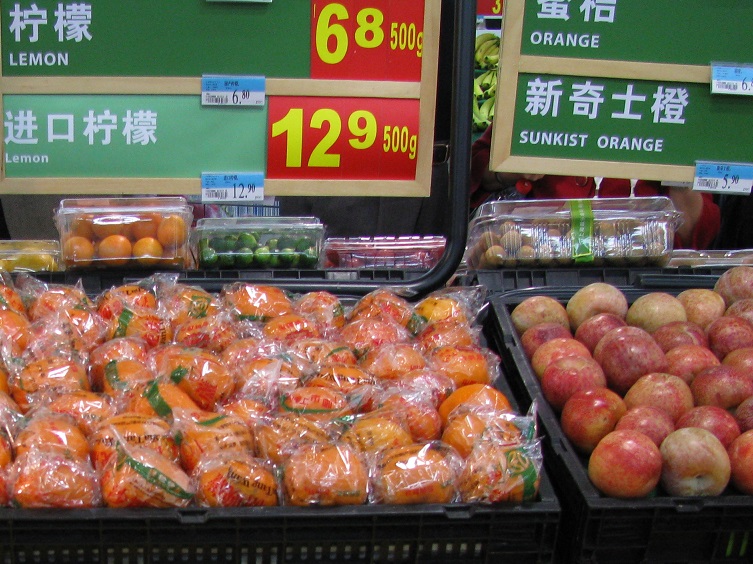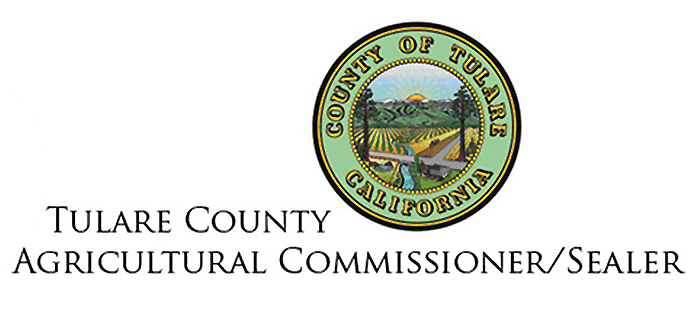China re-opens market to California citrus
Source: FreshFruitPortal.com
Industry sources have told www.freshfruitportal.com that China has officially granted access to California citrus after a 15-month absence.
California Citrus Mutual vice president Bob Blakely said he received official notification from the U.S. Animal and Plant Health Inspection Service (APHIS) Friday, and was very pleased the sector could regain what was its third-largest market until April, 2013.
“There was a delegation that came over and visited the California industry in the first week of July, to see what our industry was doing to satisfy their concerns, and in those meetings the language [of a protocol] was discussed and further refined, and agreements were made in principle,” Blakely said, adding the main concern was phytophthora root rot.
“Originally they were looking to have additional sampling or something done that wasn’t practical, because it would not have mitigated the problem.
“Once they came here and saw how our fruit was produced and the conditions in the field, they realized that some of those things they put in there weren’t clear in their understanding, and that wasn’t necessary.”
He said clearer language was then put in place about how growers wishing to export ought to manage trees and the harvest to make sure the disease was not present in China-bound fruit.
After these agreements were agreed, he highlighted “the way was clear” for a market re-opening and official documents were signed in the last week of July.
The executive added the first fruit would likely be sent in December, following the Navel harvest which kicks off in November.
California Citrus Quality Council president Jim Cranney also mentioned the main export season would start in the fall or winter, but there would be some volumes of Valencia oranges and lemons ready to go now if shippers wished to exploit the newfound option.
“The market has been re-opened effective yesterday, and we’re very pleased to see this after such a long time out of the market, and that we’ll be able to send citrus again,” Cranney said.
“We’re looking forward to getting back a normal pace of trade with China.”
He said it was necessary to recognize the positive efforts from APHIS and China’s General Administration of Quality Supervision, Inspection and Quarantine (AQSIQ).
“It’s important to emphasize the job APHIS did by being proactive and how they worked together with the authorities from China, their partners at AQSIQ.
“It’s also important to recognize that AQSIQ did a good job in assessing the technical package we sent and we’re very happy that we meet their expectations.”



















